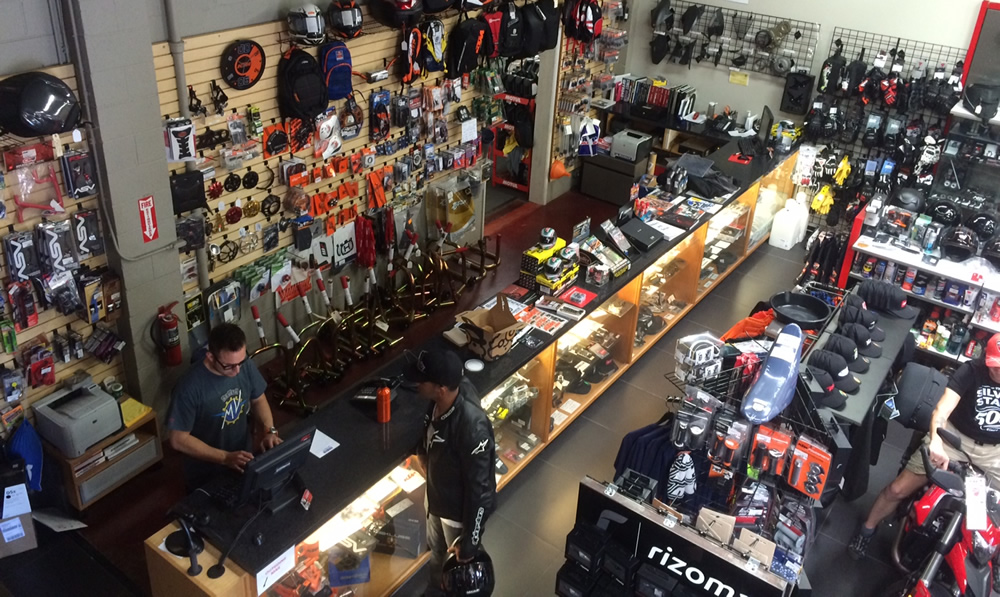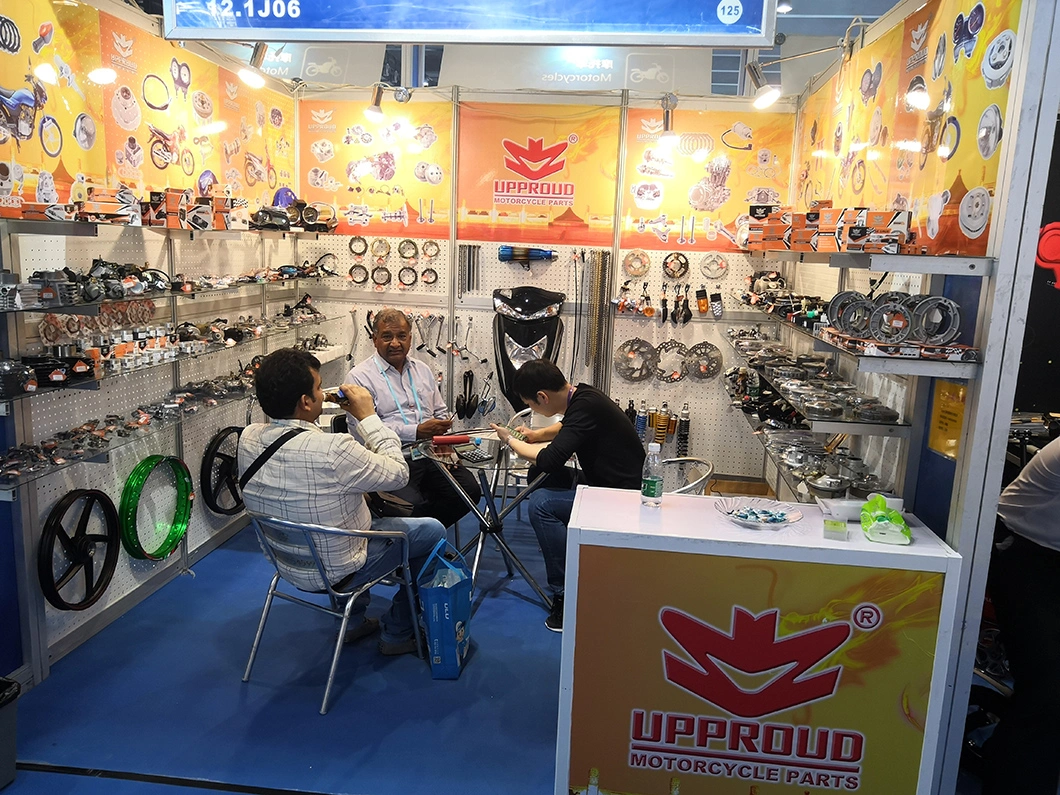Discover Quality Moto Parts NZ for All Your Motorcycle Demands
Discover Quality Moto Parts NZ for All Your Motorcycle Demands
Blog Article
Recognizing the Vital Parts of a Motorcycle: A Comprehensive Guide for Lovers
For motorcycle fanatics looking to elevate their riding experience and ensure their bikes run smoothly, understanding the vital components of a motorbike is critical. Each component, from the engine's complex workings to the essential function of the stopping systems, not only influences efficiency but likewise security and convenience.
Engine Components

The camshaft plays an important role in regulating the timing of the engine's valves, making certain the precise opening and closing necessary for efficient fuel and air consumption, along with exhaust expulsion. This timing is essential to keeping optimum engine efficiency and effectiveness. Furthermore, the carburetor or gas injection system, depending on the motorbike model, is accountable for mixing air with fuel in the proper proportion for burning.
The air conditioning system, either air or liquid-based, works to preserve the engine's temperature within operational limitations, preventing overheating and making certain durability - motocross gear nz. Each element, meticulously made and integrated, contributes to the smooth operation of the engine, defining the motorbike's power outcome and general efficiency
Transmission System
Essential to the motorbike's functionality, the transmission system makes sure reliable power transfer from the engine to the wheels. This system makes up a number of crucial parts, consisting of the clutch, transmission, and last drive, each playing a crucial function in translating the engine's power right into activity. The clutch, commonly operated by a hand bar, serves to involve and disengage the engine from the transmission, permitting smooth equipment modifications and regulated acceleration.
The gearbox, commonly referred to as the transmission appropriate, contains a collection of equipments that motorcyclists can by hand shift via to adjust the bike's speed and torque output. These gears are prepared in a sequence that makes it possible for the motorcycle to speed up efficiently and keep optimal engine performance throughout different speeds. A lot of motorcycles utilize a sequential transmission, calling for the rider to move gears in a fixed order.
Braking Devices
While recognizing the transmission system is vital to using a motorbike's power, equally vital is the ability to control and stop that power successfully, which is where stopping devices enter play. Brakes are important for safety and efficiency, giving the cyclist with the needed control to navigate different terrains and conditions. Usually, motorbikes feature 2 kinds of braking systems: disc brakes and drum brakes.
Disc brakes are extra common in modern-day motorbikes due to their superior efficiency. This system uses much better heat dissipation, consistent efficiency, and enhanced quiting power, particularly in damp problems.
Conversely, drum brakes, though much less common, are still located in some motorcycles. They function by pushing brake footwear versus the inner surface of a drum affixed to the wheel. While normally much less reliable in warm dissipation and quiting power, drum brakes are simpler and much more economical.
Comprehending these stopping systems' subtleties permits motorcyclists to preserve their bikes correctly and appreciate the design that guarantees efficient and risk-free quiting.
Suspension and Guiding
Suspension and guiding systems are important parts that substantially affect a bike's handling and trip convenience. The shock absorber, containing forks at the front and shock absorbers at the rear, soaks up road irregularities, boosting stability and control. Front forks, commonly telescopic or upside down, compress and rebound to alleviate influences, while rear shock absorbers preserve tire call with the roadway, important for traction and safety.
Guiding, focused around the handlebars, links the biker to the motorbike's directional control. The guiding head bearings ensure smooth procedure, enabling specific ability to move. Correct placement and upkeep of these bearings are vital for foreseeable guiding response and decreasing biker fatigue.
The suspension's adjustability is another essential facet; preload, damping, and rebound settings allow modification to suit various riding designs and problems. This flexibility is necessary for optimizing efficiency, whether browsing metropolitan roads or tackling rugged trails. Advancements like digital shock absorber offer real-time adjustments, improving experience quality throughout varied terrains.

Electric Equipments
After guaranteeing a smooth and regulated adventure with effective suspension and guiding systems, interest turns to the electric systems, an essential aspect of contemporary motorbikes. These systems play a critical duty not just in useful reference starting the engine yet likewise in powering various components that enhance the performance and security of the motorbike.
At the heart of a bike's electrical system is the battery, which shops electrical power required for beginning the engine and powering complementary systems - motorcycle shop. The alternator or generator, combined with the rectifier-regulator, ensures the battery continues to be charged while the motorcycle is in procedure, converting power right into electric energy and preserving voltage levels
The ignition system, one more critical element, is accountable for igniting the air-fuel mix in the engine's cyndrical tubes. Modern motorcycles frequently make use of an electronic ignition system, providing greater performance and integrity compared to standard systems.
Lights systems, consisting of fronts click site lights, tail lights, and indications, are also important, making sure visibility and security for the cyclist. Additional digital parts such as sensing units, control devices, and displays add to advanced features like fuel shot monitoring, anti-lock braking systems (ABDOMINAL), and electronic control panels, further enhancing the riding experience.
Final Thought
A detailed comprehension of a motorcycle's vital elements, including the engine, transmission system, braking devices, suspension, steering, and electric systems, is crucial for fanatics aiming to maximize safety, comfort, and efficiency. Proficiency of these elements permits informed decisions relating to upkeep and upgrades, inevitably improving the riding experience. By integrating this understanding, cyclists can their website ensure their bikes run at peak effectiveness and dependability, therefore making best use of both pleasure and long life of their cars.
For bike lovers looking to boost their riding experience and guarantee their bikes run smoothly, recognizing the necessary parts of a bike is critical.Essential to the motorbike's functionality, the transmission system makes certain effective power transfer from the engine to the wheels.While comprehending the transmission system is vital to utilizing a motorcycle's power, equally crucial is the ability to control and stop that power properly, which is where braking systems come right into play. Normally, bikes feature 2 kinds of braking systems: disc brakes and drum brakes.
A complete understanding of a motorbike's crucial elements, consisting of the engine, transmission system, braking systems, suspension, steering, and electric systems, is essential for fanatics aiming to maximize convenience, efficiency, and security.
Report this page